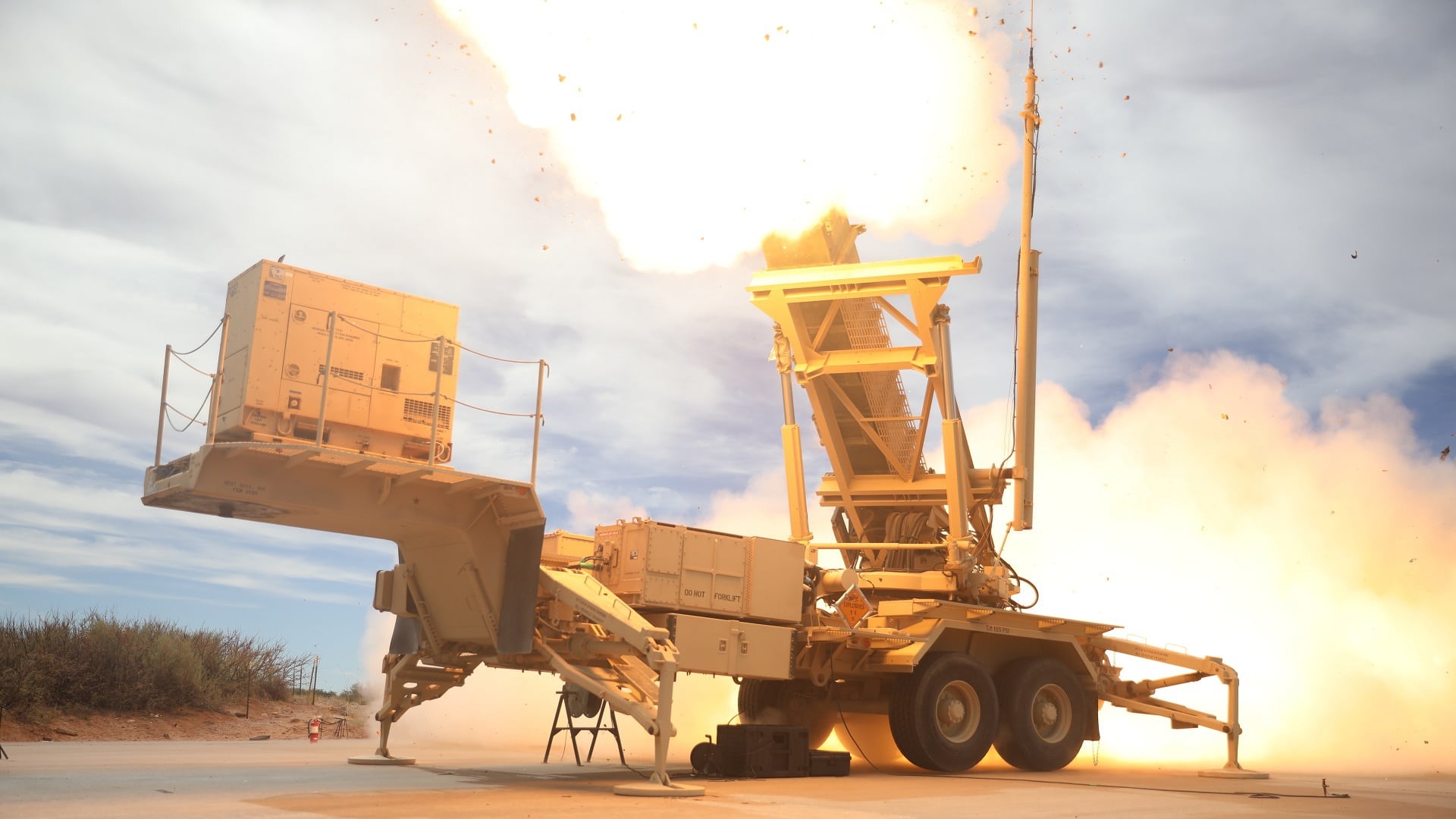It may have first been famous as a SCUD-killing interceptor during the Gulf War in the early 90s. Yet, the Army’s Patriot missile continues to outlive and exceed its initial expectations by not only proving relevant in a modern warfare environment but also achieving breakthroughs typically associated with new innovations.
The 1980s weapon, developed as part of the Big 5, stunned the world with its ability to knock Saddam Hussein’s SCUDs straight out of the sky with a precision intercept. Yet at this time, few would have imagined such a system would be capable of tracking and intercepting two maneuvering cruise missiles at once. By extension, today’s Patriots in Ukraine are capable of tracking and destroying incoming Russian cruise missiles.
Years ago, the Patriot Advanced Capability – 3, PAC-3, became famous as a “hit-to-kill” kinetic energy interceptor, which demonstrated performance capacities beyond those exhibited during the Gulf War. Some of the initial breakthroughs with Patriot modernization related to range and guidance precision, complemented by increasingly accurate and sensitive radar.
Upgrades for Advanced Patriots
Examining the Patriot’s technological maturation over a period of decades, one might be inclined to think of the weapon as an optimal example of how effective weapons modernization can unfold. The Patriot is an Army modernization success story, as the weapon has been continuously adjusted, adapted, and upgraded to keep pace with new threats.
This is precisely the Army’s intention, according to its Air and Missile Defense 2028 Vision document. The forecast specifies some of the more challenging specifics associated with newly emerging drone, helicopter, aircraft, and ballistic missile threats. For instance, regarding ballistic missile threats, the Army Vision report explains that advanced weapons are now engineered with “countermeasures, maneuverable re-entry vehicles, multiple independent reentry vehicles, hypersonic/supersonic glide vehicles and electronic attack.”
In keeping with this vision, throughout several decades, the Patriot has steadily increased in performance through a series of paradigm-changing breakthroughs over the years. One major upgrade was called the Missile Segment Enhancement (MSE) upgrade, which integrated new software into the weapon to improve target tracking, radar sensitivity, and image fidelity, as well as to develop the ability to track multiple targets simultaneously.
Threat Tracking
More recently, Patriot maker Raytheon has introduced a cutting-edge threat tracking radar system for the Patriot called Lower Tier Air and Missile Defense Sensor (LTAMDS). The advanced radar, introduced in 2020, is intended to better enable the Patriot to track and intercept multiple maneuvering cruise missiles simultaneously.
“The challenge with maneuvering cruise missiles is that maintaining a track on them depends upon how a radar updates. There is no time for a blind spot. LTAMDS uses three fixed 120-degree arrays. The longer I am looking at a track, the more information I am building up about it. We have no blind spot as there is an overlap between the fixed arrays,” Bob Kelley, Raytheon’s director of IAMD (Integrated Air and Missile Defense) Domestic Programs for Business Development and Strategy, told 19FortyFive in an interview several years ago.
In a cutting-edge experiment in 2020, Army Futures Command was able to demonstrate the ability of the Patriot to intercept a maneuvering cruise missile during a “live-fire” exercise at White Sands Missile Range, New Mexico.
The intercept took place as part of a Limited User Test of the Army’s Integrated Battle Command System, a networked threat tracking system that networks a number of otherwise disparate or disaggregated “nodes” throughout a multi-domain threat environment. As part of this, the Patriot showed it was able to track and destroy a lower-flying, maneuvering cruise missile. This ability is a truly paradigm-changing defensive capability for the Patriot, as it catapults the interceptor decades beyond its initial role as a SCUD interceptor to a networked, highly-precise missile defense weapon capable of responding to an emerging generation of threats.
“Numerous countries are developing ground-, sea-, and air-launched land-attack CMs [cruise missiles] using an assortment of unconventional and inexpensive launch platforms. In addition, long-range, low-observable, advanced CMs enable our adversaries to present a complex air and missile defense problem with high-volume, high-precision missiles capable of 360-degree avenues of approach,” the Army Vision document states.
Kris Osborn is the Military Affairs Editor of 19FortyFive and President of Warrior Maven – Center for Military Modernization. Osborn previously served at the Pentagon as a Highly Qualified Expert with the Office of the Assistant Secretary of the Army—Acquisition, Logistics & Technology. Osborn has also worked as an anchor and on-air military specialist at national TV networks. He has appeared as a guest military expert on Fox News, MSNBC, The Military Channel, and The History Channel. He also has a Masters Degree in Comparative Literature from Columbia University.
From 19FortyFive
Footage Shows World War I Guns Being Used in Ukraine
‘Vacuum Bombs Destroyed’: Ukraine Footage Shows Putin’s Thermobaric Rockets Destroyed
BOOM! Ukraine Video Shows Precision Strike on Russian Air-Defense System

